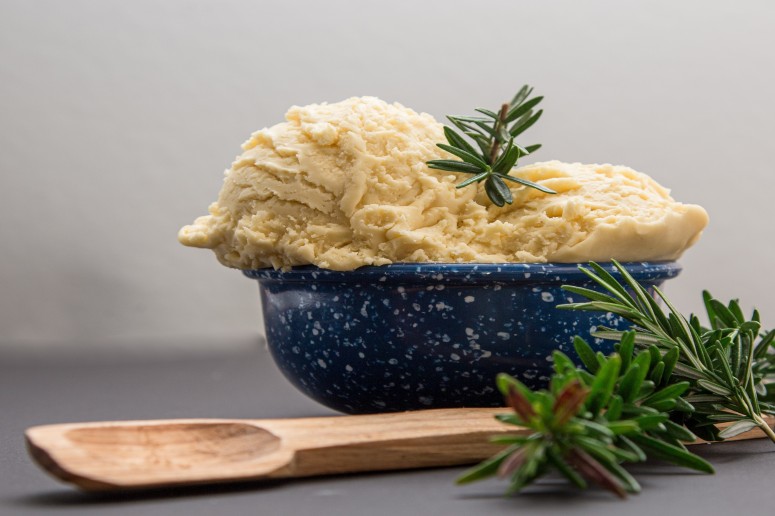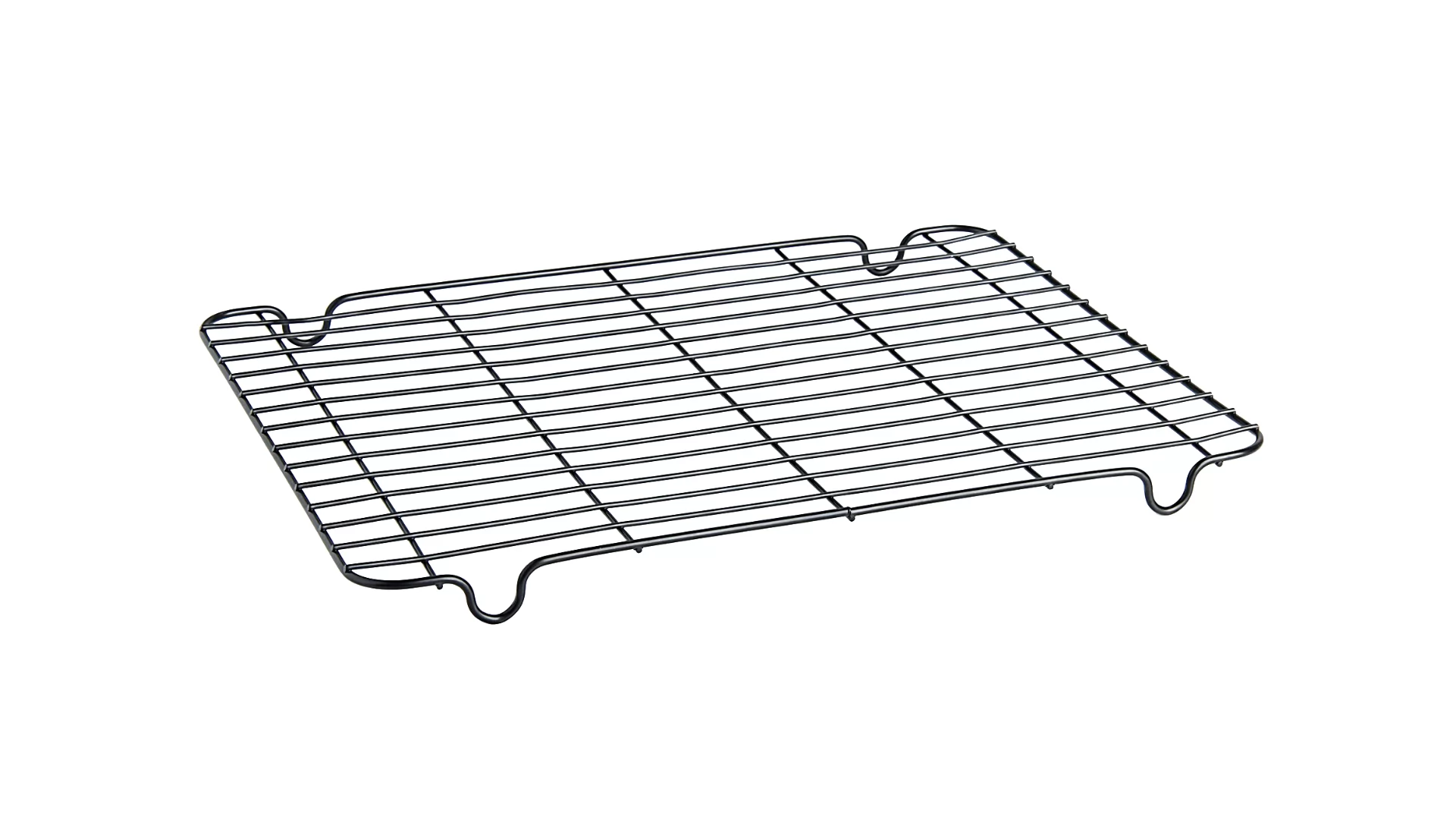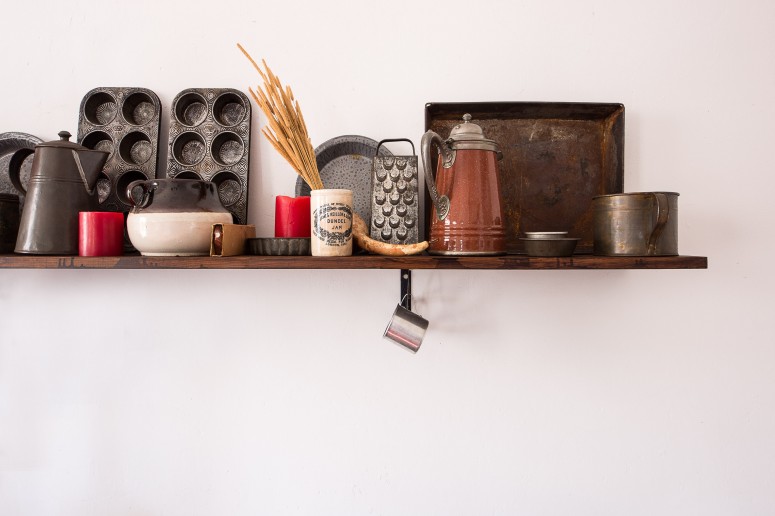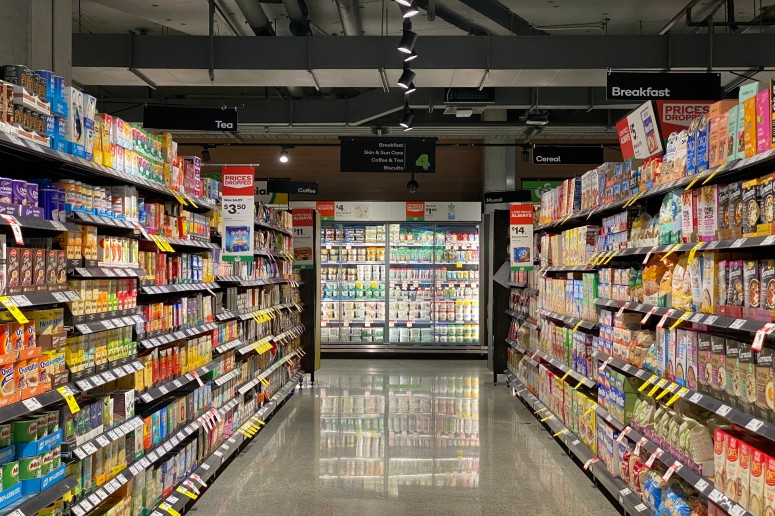Make Easier Mashed Potatoes With a Cooling Rack

Are you tired of lumpy mashed potatoes? Do you dread the time-consuming task of hand-mashing them to perfection? Well, fear no more!
We have a hack that will revolutionise your potato game. All you need is a cooling rack - yes, you read that right!
This simple yet effective tool can make your mashed potatoes smoother and creamier in just minutes. Keep reading to learn how this kitchen essential can elevate your comfort food game.
What is a cooling rack?

A cooling rack is a metal rack that is used to cool baked goods. It is typically made of wire or mesh and has legs that raise it up off the counter. Cooling racks are used to prevent baked goods from becoming soggy or overcooked.
When potatoes are cooked, they release a lot of steam. If you were to put them straight into a serving dish, all of that steam would be trapped, and your potatoes would become overcooked and mushy. By using a cooling rack, the steam can escape, and your potatoes will stay nice and fluffy.
If you don't have a cooling rack, you can improvise by using an upside-down baking sheet or even a wire colander. Just make sure whatever you use has legs or is raised up off the counter so that the steam can escape.
How does a cooling rack help with mashed potatoes?
A cooling rack is an essential tool when making mashed potatoes. By resting the potatoes on a cooling rack, they are able to cool down more quickly and evenly. This prevents them from becoming waterlogged and ensures that they retain their fluffy texture. Additionally, it allows you to better control the temperature of your mashed potatoes, ensuring that they are neither too hot nor too cold when serving.
The benefits of using a cooling rack for mashed potatoes
When making mashed potatoes, a cooling rack can be a helpful tool. By placing the potatoes on a cooling rack and then mashing them, the potatoes will cook more evenly and be less likely to stick to the bottom of the pot. Additionally, using a cooling rack allows for better drainage so that your mashed potatoes are not waterlogged.
How to use a cooling rack for mashed potatoes?
A cooling rack is a great way to make mashed potatoes. All you need to do is place the potatoes on the cooling rack and then mash them with a fork or potato masher. The advantage of using a cooling rack is that it allows the potatoes to cool quickly, which prevents them from becoming gummy. Additionally, the holes in the cooling rack help to release steam, which further prevents the potatoes from becoming gummy.
Other uses for a cooling rack:
A cooling rack is not just for cooling baked goods! Here are some other great uses for this handy kitchen tool:
1. Use it as a makeshift trivet. Place a cooling rack on top of a hot pan or pot to protect your countertop from heat damage.
2. Roast vegetables. Place vegetables on a cooling rack set inside a baking sheet and roast in the oven for crispy, evenly cooked veggies.
3. Make extra-crispy bacon. Line a cooling rack with foil or parchment paper, then place bacon on the rack and bake in the oven for super crisp results.
4. Dry herbs and spices. Place herbs and spices on a cooling rack set inside a baking sheet and let them air dry for 24 hours before storing them in an airtight container.
Conclusion
Making mashed potatoes can be a daunting task, but with this simple trick using a cooling rack, it can be easier than ever. Not only does the cooling rack help to make sure that your potatoes are cooked evenly and quickly, but it also ensures that excess water is removed from the potatoes, so you get creamy results every time. With these tips in mind, you can whip up delicious mashed potatoes for any occasion without worrying about soggy or lumpy results























